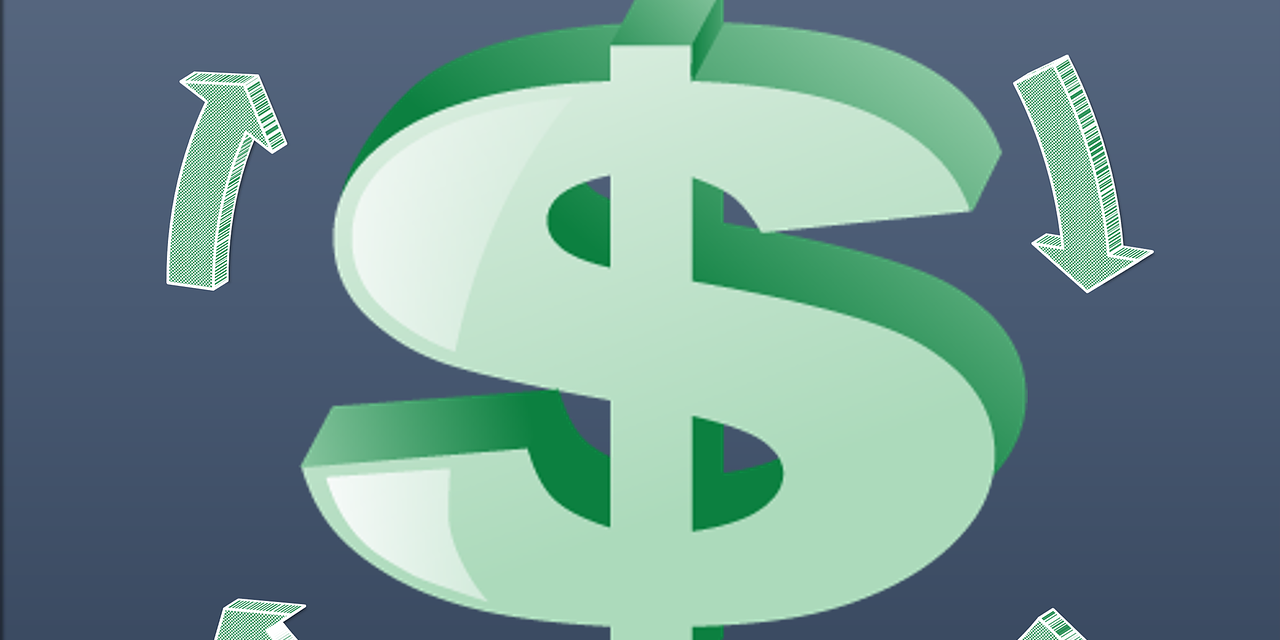With proper inventory management, you can lower your expenses and increase your cash flow. For many businesses, it means taking a look at your inventory costs.
When your products aren’t selling, obviously, it hurts. Products just lurking and collecting dust in your warehouse are costing you money.
Your investment in such products declines in value. And cash, as they say, is king.
Here’s a primer on how to manage your inventory:
1. Determine your turnover ratio by calculating your inventory turns.
You’ll need to know your cost of goods sold (COGS) and your average inventory. COGS are your expenses in manufacturing or selling products.
They are found on your income statement. (Do you need a primer for best practices in preparing financial statements?)
To determine your average inventory – calculate your average inventory by listing the last period’s inventory; add the current period’s inventory; and divide them by two.
Then, to learn your turnover ratio, divide your COGS by your average inventory for the period in-question.
2. Calculate the number of average days to sell products.
Now that you know how to determine your inventory turn rate, as an example, let’s say your turnover ratio is 5. Take the number of days in a year, 365, divided by 5.
This means it takes you 73 days to sell product. Would this be good or bad for your company? Naturally, big ticket items take longer to sell than less-expensive products.
3. Determine your inventory in comparison to current assets.
A dilemma: If most of your assets is part of your inventory and your turn rate is too low, it’s not a positive situation. It’s probably time to cut prices. Make certain you know what drives your profit.
4. It might be enlightening to compare your data with your sector’s norm.
Do your research on your industry norms and key ratios. It helps to join your industry associations for networking.
5. If your ratio is not favorable, take action.
Sell your troublesome inventory by lowering prices. Again, cash is king. But don’t make a habit of cutting prices. Being a low-price leader is not a good strategy.
6. For maximum efficiency, try to focus on “just-in-time” inventory.
It’s a strategy to minimize costs in inventory control. The products arrive just before you intend to sell them. This avoids the expense of carrying an unnecessary large inventory.
Unproductive salespeople often complain about not having enough inventory to sell. Usually, they’re not good at selling what’s in stock. Be careful about having too much inventory, and consider sales training for them. For the five dos and don’ts in productive selling, see a comprehensive article for profits: How to save on sales opportunity costs.
If cash flow is problematic, don’t use the “just-in-case” inventory strategy. That’s a strategy to minimize your chances that you will sell out your products. This, of course, means higher inventory expenses. Most businesses use this strategy when they have difficulty forecasting sales.
7. Continuously analyze what’s productive.
Know your good-selling products. Maintain enough of an inventory for a good image with customers. Strike a balance. In cutting costs, know the nine best practices to avoid making reactionary decisions.
8. Treat your suppliers like good customers.
Always maintain good relationships with vendors. When using a “just-in-time” system, you never know when you need to increase your inventory. If you’re fortunate to have such a demand or opportunity, you’ll want the best service and quick delivery of products at the right price. If you have dysfunctional vendors, here’s how to get great service from them.
From the Coach’s Corner, here are related profit tips:
- 8 Strategies When Sales Drop and Costs Cut into Your Profits
- 12 Tips for Profits to Keep Your Business Dreams Alive
“I don’t want to do business with those who don’t make a profit, because they can’t give the best service.”
-Richard Bach
__________






